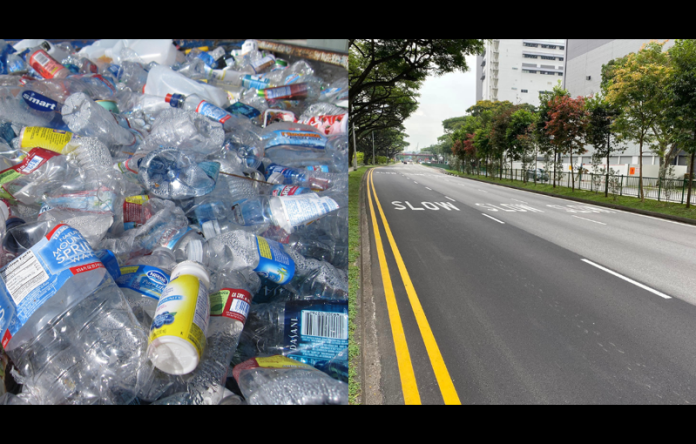The Ministry of Road Transport and Highways (MoRTH) has proffered the utilisation of inorganic solid waste in the fabrication of highway road projects, an initiative spurred by the triumphant outcomes of pilot endeavours. Per an official memorandum aimed at alleviating the predicament of urban solid waste disposal and the constricted availability of land for embankment construction, MoRTH, through NHAI, has undertaken two pilot initiatives involving the incorporation of inert material, a pivotal constituent of municipal solid waste. In both instances, embankment construction adhered rigorously to prescribed procedures with stringent quality control measures in place. The memorandum underscored that the daily disposal of solid waste poses a substantial environmental conundrum in urban locales nationwide. These landfill sites, due to restricted land availability, are perilously nearing their maximum capacity, posing severe environmental and health risks.
This impending development is poised to be a seismic paradigm shift, not only in the realm of highway construction but also in the labyrinth of solid waste management. With the annual construction of thousands of kilometres of highways, the procurement of sufficient material for embankment construction poses a formidable challenge. Millions of rupees are expended in acquiring soil, often extracted from neighbouring agricultural fields. In certain locales, entire mountains have vanished through the rapacious mining for soil to satiate the voracious appetite of nearby highway construction projects. This mining operation begets copious dust pollution, a deleterious consequence not quantified in the calculus of highway construction.
Concurrently, solid waste management emerges as a gargantuan predicament, with thousands of hectares of land serving as nothing more than sprawling dumping grounds. Apart from a handful of municipal corporations, the majority of local bodies find themselves incapable in devising viable solutions for the burgeoning solid waste quandary. These dumps burgeon into open breeding grounds, instigating not only maladies but also contaminating subterranean water reservoirs during the rainy season. Against this backdrop, the efficacious utilisation of inorganic solid waste in embankment construction by the National Highways Authority of India (NHAI) is a commendable stride forward. Upon full implementation, it holds the potential to assuage the deleterious impacts of solid waste dumping.
In the context of Jammu and Kashmir, where the forthcoming Delhi-Katra Express highway is under construction, spanning hundreds of kilometres of embankment, the ramifications are considerable. If sanctioned, the generated solid waste in the Jammu Division could be rerouted to the construction site, becoming a valuable resource for embankment construction. The authorities of Jammu and Kashmir ought to initiate contact with the MoRTH for tailored preparations in this regard. This comprehensive approach to solid waste management presents an unprecedented opportunity to seamlessly integrate waste disposal with the construction of a singular highway. Kudos are due to the Ministry of Road Transport and Highways for consistently endeavouring to explore inventive avenues aimed at diminishing costs, mitigating pollution, and embracing environmentally sustainable approaches for highway construction. Perseverance begets ingenuity, and the Ministry of Road Transport and Highways has consistently epitomised innovation in the domain of highway construction. Their endeavours transcend mere cost-cutting measures, reflecting a genuine commitment to environmental preservation. The incorporation of solid waste in construction aligns seamlessly with this overarching objective. When scrutinised over the long term, factoring in environmental and health hazards, it unequivocally emerges as a mutually beneficial scenario for all stakeholders.
Moreover, the experiences garnered from this pioneering initiative can be seamlessly transposed to the Roads and Buildings departments of Union Territories, especially when constructing their respective road networks. On a broader scale, if executed with precision, this could herald a watershed moment and a sustained remedy for the perennial issue of solid waste management. Municipalities and local bodies, ensnared in the labyrinth of waste management conundrums, are poised to breathe a palpable sigh of relief. While the transformative effects may gestate over time, a metamorphosis is indeed on the horizon.
Trending Now
E-Paper


